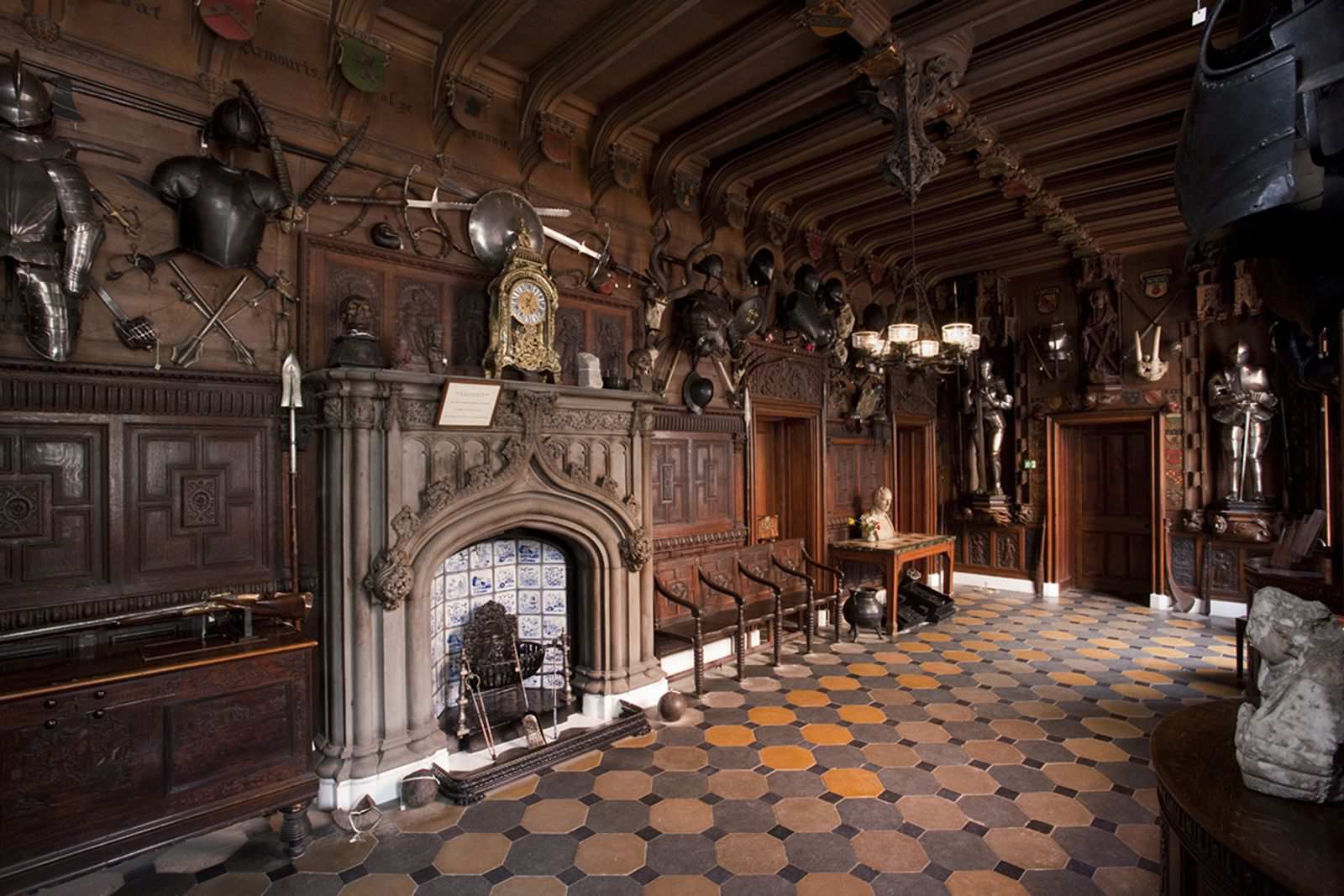Your wishlist
- Select All
My wishlist
- Select All
Add to wishlist
Choose your wishlist to be added
Are you sure you want to delete this wishlist?
Are you sure you want to delete selected wishlist products?
Out of stock products will be not move. Are you want to move selected wishlist products?
Wishlist management page
- This page allows you to manage and add wishlist items directly to the cart.
- Share your public wishlist on social media, through links, and via custom email.
- You can subscribe to get update about your wishlist items







